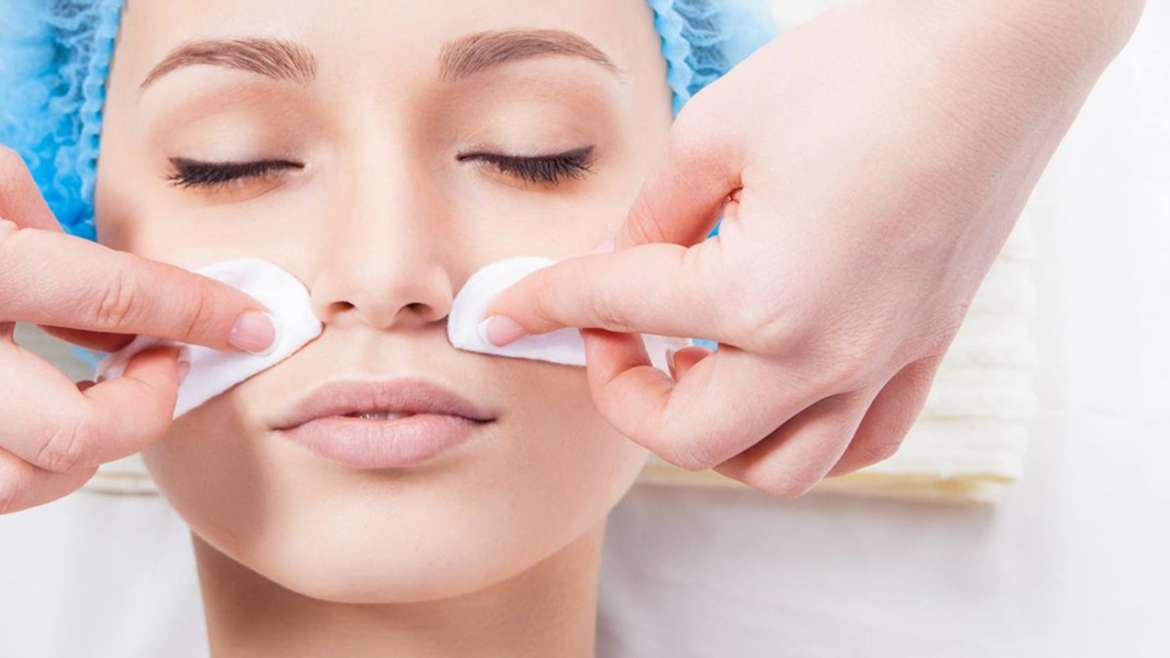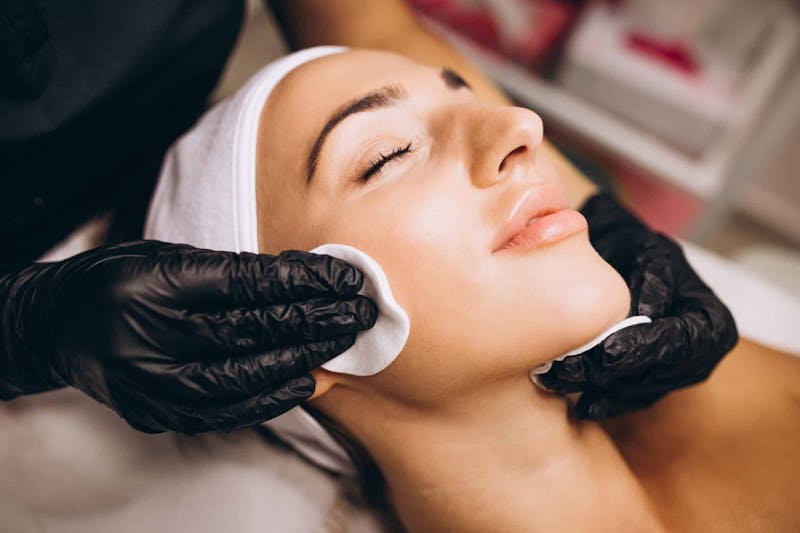Chemical peels are one of the most popular cosmetic treatments for achieving glowing, youthful skin. If you’ve been considering ways to rejuvenate your complexion, a chemical peel could be the answer. By using a specially formulated solution to exfoliate the skin, this treatment helps to reveal smoother, brighter, and more even skin. For those looking to explore the options available, you may be curious about Chemical Peels Cost in Dubai, which varies based on the type of peel and your specific skin needs. In this article, we’ll take a deep dive into how chemical peels work on the skin, their benefits, and why they’ve become a go-to treatment for skin revitalization.

Understanding Chemical Peels: What Are They?
A chemical peel is a treatment that involves the application of a chemical solution to the skin to exfoliate the top layers. The solution causes the outer layer of the skin to exfoliate and peel away, encouraging the regeneration of new skin. Depending on the strength of the peel, the solution can target different layers of skin, which helps treat various skin concerns.
Chemical peels can be categorized into three main types:
Superficial Peels: These are the mildest type and are typically used to treat minor skin issues like dryness, slight pigmentation, and dullness. Superficial peels typically use alpha hydroxy acids (AHAs) or beta hydroxy acids (BHAs), such as glycolic or salicylic acid.
Medium Peels: These penetrate deeper into the skin and are ideal for treating more noticeable skin issues such as acne scars, sun damage, and moderate pigmentation. Trichloroacetic acid (TCA) is often used in medium peels.
Deep Peels: These are the most intense peels, used to address deeper skin problems like deep wrinkles, severe acne scars, and sun damage. Deep peels typically use stronger acids such as phenol and require more downtime for recovery.
How Do Chemical Peels Work?
Chemical peels work by utilizing a solution to dissolve the bonds that hold dead skin cells together. This process accelerates the skin’s natural exfoliation cycle, allowing fresh, healthy skin cells to emerge. As a result, your complexion looks brighter, smoother, and more even-toned.
Here’s a breakdown of the chemical peel process:
Preparation: The skin is thoroughly cleansed to remove dirt, oil, and makeup. Sometimes, a pre-peel treatment is applied to prepare the skin.
Application of the Chemical Solution: The chemical solution is applied to the skin. The specific solution used will depend on the type of peel being performed and the condition of the skin being treated.
Exfoliation and Peeling: The solution exfoliates the outer skin layer, causing the skin to peel and shed over the next few days. The strength of the peel determines how deep the exfoliation goes.
Healing Process: After the peeling process, the skin heals and rejuvenates. New skin cells form, and imperfections such as fine lines, sunspots, and acne scars begin to fade.
Benefits of Chemical Peels
Chemical peels are celebrated for their numerous skin benefits. Here’s why they’ve gained popularity among those seeking effective skincare treatments:
Improved Skin Texture: By removing dead skin cells, chemical peels reveal smoother, softer skin.
Even Skin Tone: Peels can reduce the appearance of hyperpigmentation, dark spots, and sun damage, leaving your skin with a more uniform color.
Acne Treatment: For acne-prone skin, chemical peels can help minimize breakouts by exfoliating clogged pores and reducing inflammation.
Fine Line Reduction: Chemical peels can reduce the appearance of fine lines and wrinkles, giving the skin a more youthful look.
Boosted Collagen Production: Chemical peels stimulate collagen production, which helps firm and tone the skin over time.

What to Expect After a Chemical Peel
After a chemical peel, the skin may appear red and slightly irritated, especially with medium to deep peels. You may also experience peeling or flaking as your skin sheds the old layers. The healing time depends on the depth of the peel. Superficial peels generally require little downtime, while deeper peels may require several days to a week for full recovery.
During the healing period, it’s essential to follow the aftercare instructions, which typically include moisturizing, applying sunscreen, and avoiding direct sun exposure. The results of a chemical peel may take a few weeks to fully appear, as the new skin cells continue to regenerate and imperfections fade.
Is a Chemical Peel Right for You?
Chemical Peels Dubai are suitable for most skin types, but it’s important to consult with a skincare professional to determine the right peel for your skin’s specific needs. Those with sensitive skin or certain skin conditions should be cautious and may need a milder treatment.
Overall, chemical peels can be a highly effective way to address a wide range of skin concerns. Whether you’re battling acne scars, sun damage, or fine lines, a chemical peel could be the solution to reveal your best skin yet.
Conclusion
Chemical peels are an excellent treatment for anyone looking to enhance the health and appearance of their skin. They offer a range of benefits, from smoothing skin texture to reducing wrinkles and acne scars. If you’re considering this rejuvenating treatment, understanding how it works and what to expect can help you make an informed decision. Whether you’re considering a superficial peel or a more intensive treatment, the results can be truly transformative, leaving you with refreshed, radiant skin.